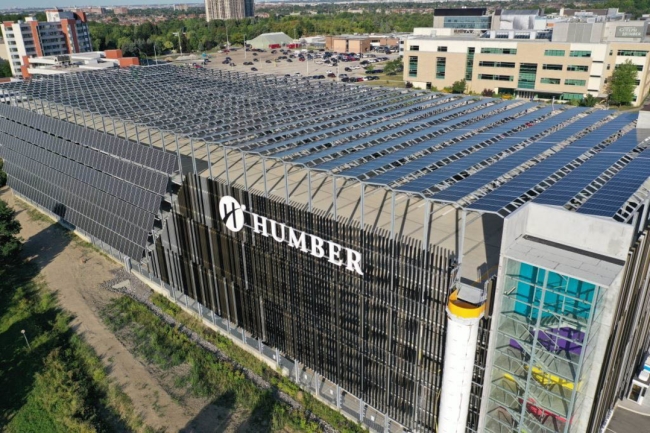Capital Development
Capital Development is responsible for new construction and renovation projects and provides project design, planning and space allocation services to improve and expand Humber's campus environment.
Capital Development team can help you with:
- Arranging moving services
- Painting a room
- Renovation & capital works
- Buying new furniture
- Determining how much space is required for new programs
- Reviewing building floor plans
- Requesting for new spaces
Simply call us or submit a service request.
